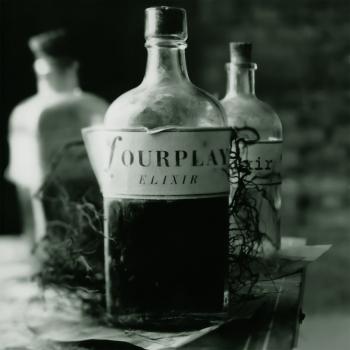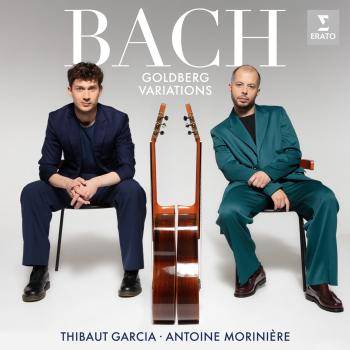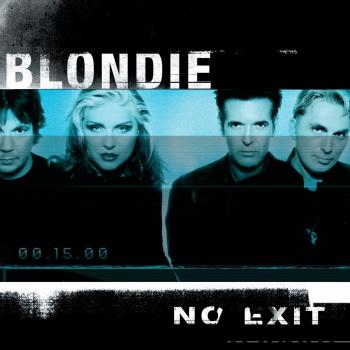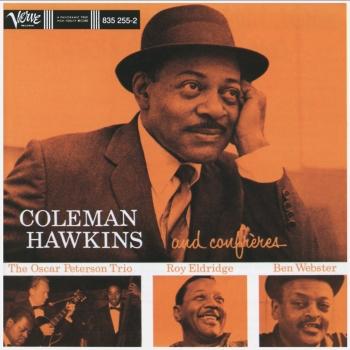Coleman Hawkins & Ben Webster
Biography Coleman Hawkins & Ben Webster
Coleman Hawkins
Coleman Hawkins’s musical career lasted more than fifty years. Although his tenor saxophone style continued to evolve for about forty of those years, certain characteristics were constant: he always projected a big-toned and aggressive improvisational style grounded in a firm grasp of music theory and inspired by an appetite for fresh challenges.
Coleman Hawkins (1904–69) was born in St. Joseph, Missouri. Hawkins’s earliest recordings, with singer Mamie Smith in 1922 and 1923, reveal elements of his early style: an extremely percussive attack of notes and a heavy on-the-beat phrasing. His reputation grew steadily after he joined pianist Fletcher Henderson’s band in 1923, and he was Henderson’s most advanced soloist until Louis Armstrong joined the group in 1924.
In 1934, Hawkins quit the Henderson band and traveled to England and Europe for a stay that lasted about five years. He greatly appreciated European culture and liked being treated like an artist, but few of the musicians he played with there could challenge him. One of his most successful European recording sessions took place in Paris in 1937, and features short solo spots for two musicians who could stimulate him, Belgian guitarist Django Reinhardt and American alto saxophonist Benny Carter, who was also living in Europe at the time.
Soon after Hawkins returned to the United States in 1939, he made his most famous record. Since the late 1920s, Hawkins had been developing a florid, rhapsodic approach to the slower songs in his repertoire. His work bore fruit on "Body and Soul," a flight of fancy that only briefly refers to the song’s original melody. Despite its abstraction, it clicked with the public and Hawkins was required to play it for the rest of his career.
From the mid-1940s on, Hawkins preferred to hire young modern musicians for his band. He recorded with trumpeters Dizzy Gillespie, Howard McGhee, and Theodore "Fats" Navarro, pianists Thelonious Monk and Hank Jones, trombonist J. J. Johnson, and vibraphonist Milt Jackson. In the 1960s, he was one of the few musicians of his generation to be sought out by modernists like drummer Max Roach and his fellow tenor saxophonist Sonny Rollins.
Despite Hawkins’s sympathy toward young, exploratory musicians, some of his most successful recordings of the 1960s were encounters with his Swing-Era peers, such as tenor saxophonist Ben Webster, who had long emulated Hawkins’s big and breathy sound, alto saxophonist Benny Carter, and Duke Ellington.
(Carl Woideck, Excerpted from Ken Burns’ Jazz: The Definitive Coleman Hawkins)














